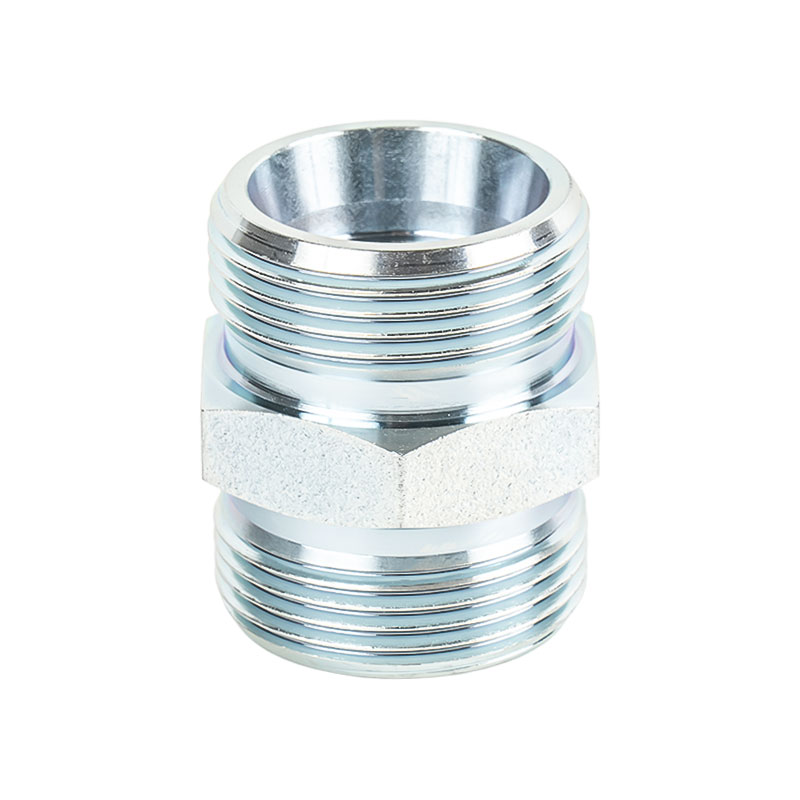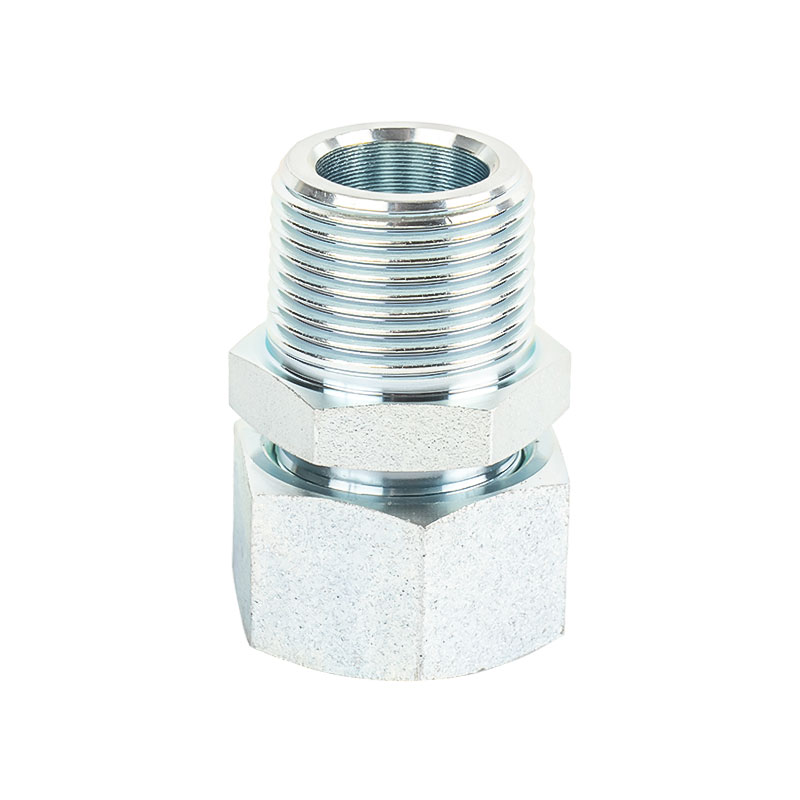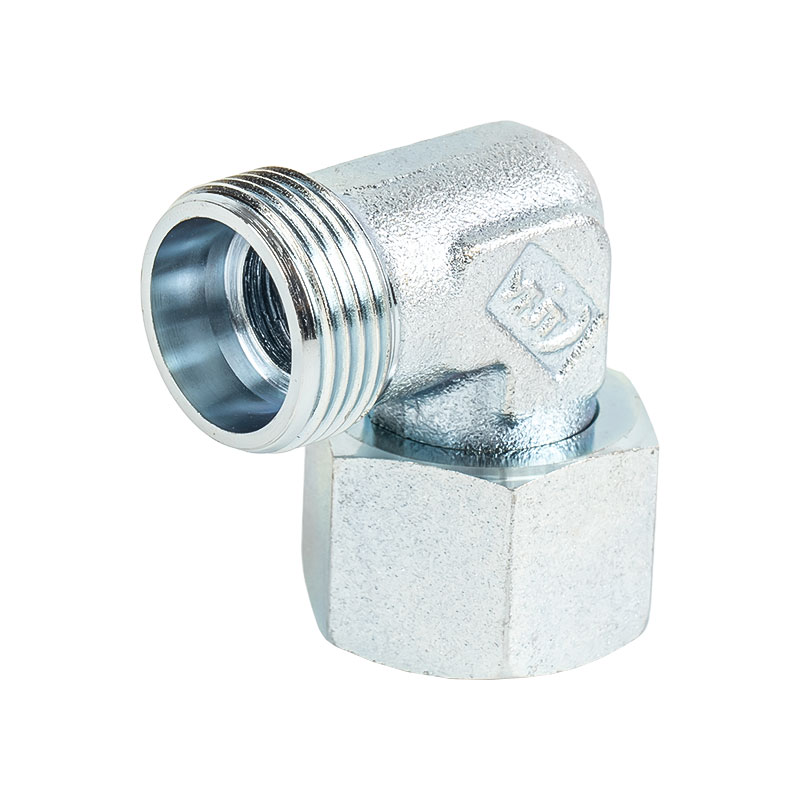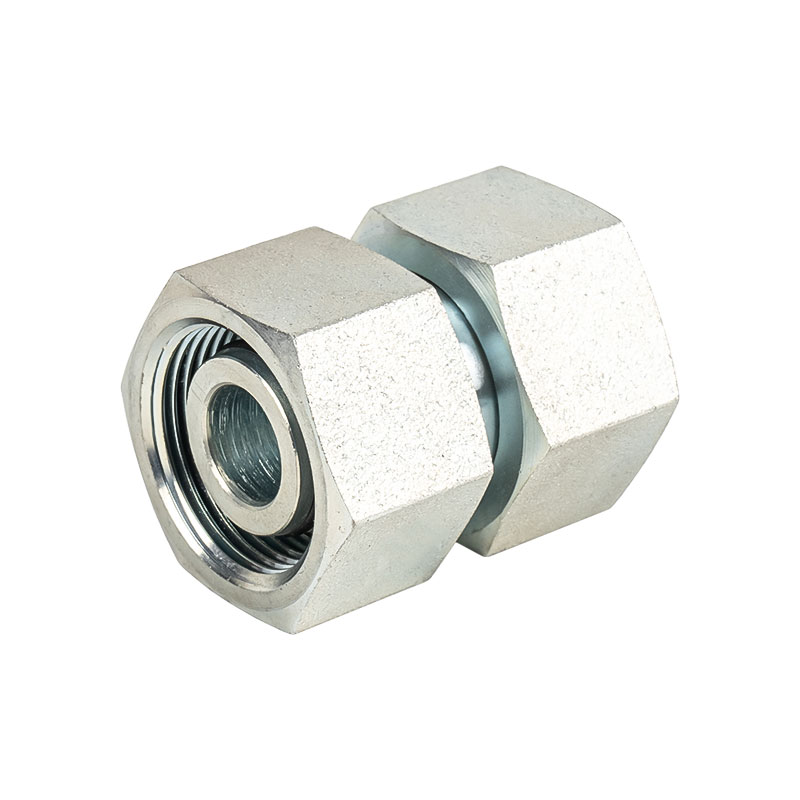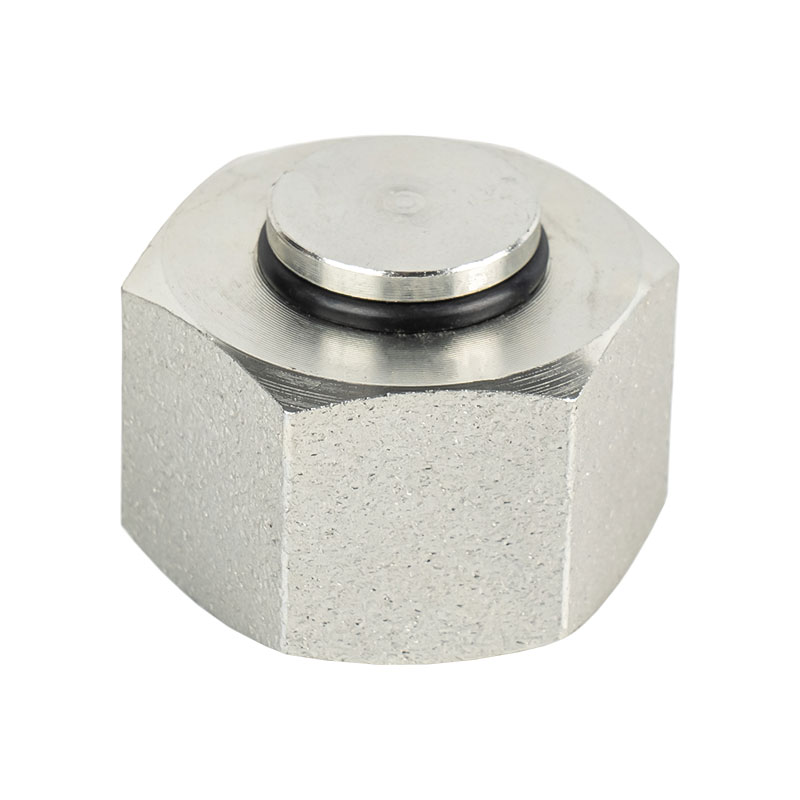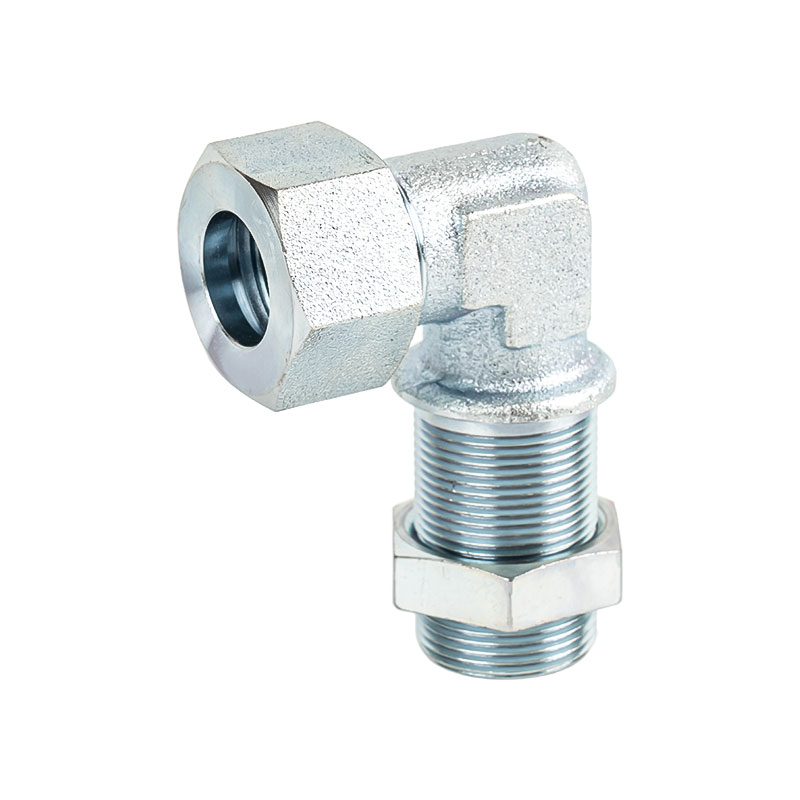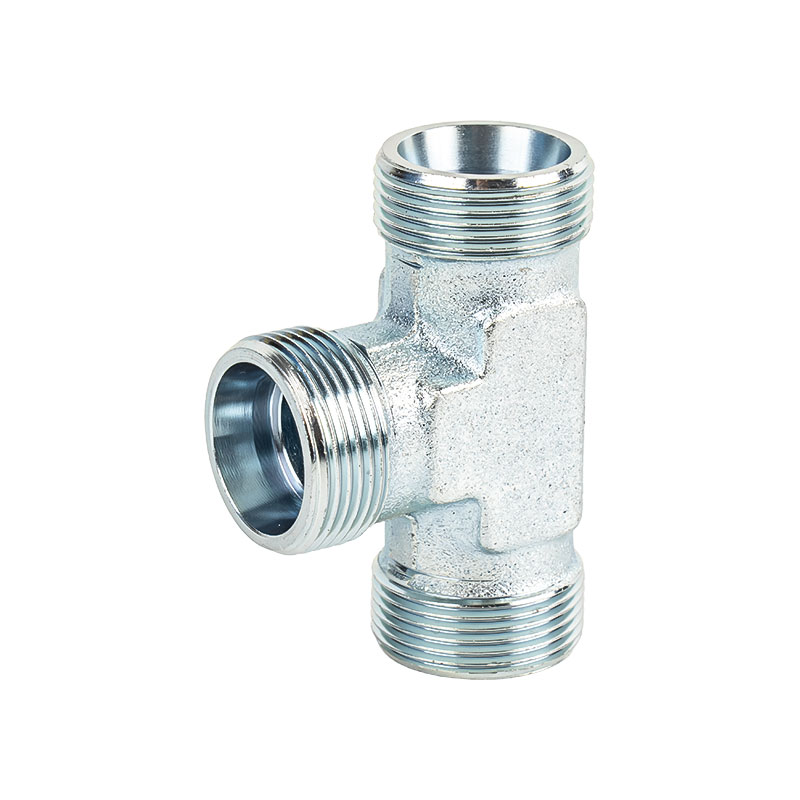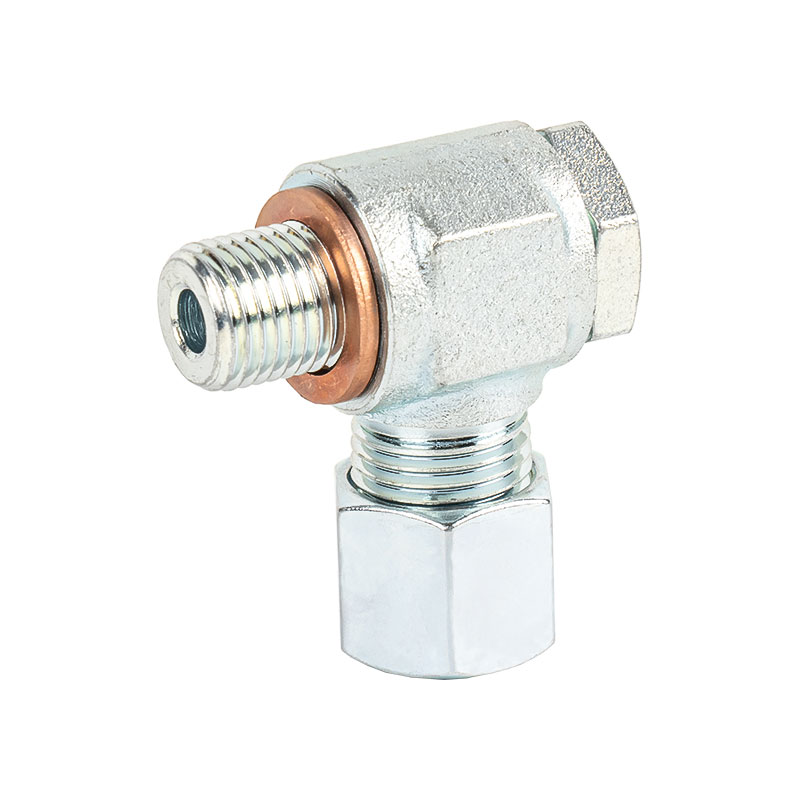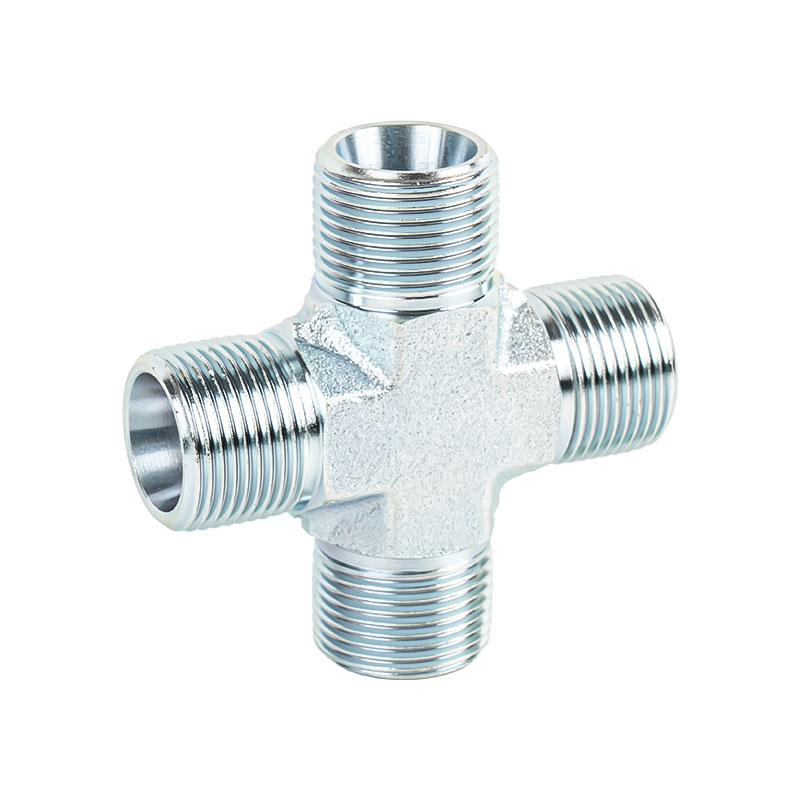Understanding the function of adapter fittings
Adapter fittings are widely used in electronic equipment, household appliances, industrial systems, and communication devices. Their core function is to provide stable connection and transmission between devices or between a device and its power source. Security in this context does not only refer to the safe operation of the adapter fitting itself but also to its ability to ensure that connected devices are not exposed to risks such as overheating, short circuits, or instability during operation. Therefore, understanding the fundamental role of adapter fittings is the first step in ensuring their safe use.
Material quality and its relation to security
The security of adapter fittings is closely related to the materials used in their manufacturing. High-quality insulating plastics, durable metals, and reliable conductive materials help reduce the risk of fire, leakage, and mechanical failure. If substandard materials are used, there is a higher chance of problems such as cracking, oxidation, or poor conductivity, which may compromise safety. Thus, ensuring that adapter fittings are produced with materials that meet industry standards is an important consideration for users and manufacturers.
Structural design and mechanical stability
The structural design of adapter fittings directly affects their ability to function securely under different conditions. A well-designed fitting should provide a firm connection, avoid loose contact, and maintain stable electrical or fluid transmission. For example, in high-vibration environments such as industrial machinery, adapter fittings should include locking mechanisms or thread-based designs to prevent accidental disconnection. Mechanical stability also ensures that the adapter fitting maintains its functionality even under long-term or intensive use.
Electrical safety considerations
In cases where adapter fittings involve electrical applications, preventing short circuits, overloads, and sparks is critical. Manufacturers often integrate protective features such as over-current protection, heat resistance, and grounding mechanisms to enhance safety. Users should also follow the rated voltage and current specifications to avoid overloading the fittings. Regular inspection of signs such as burnt smell, discoloration, or loose wires can help identify potential risks early.
Installation methods and their impact on safety
Proper installation of adapter fittings is essential to their safe operation. Incorrect installation may lead to insecure connections, leakage, or system malfunctions. For electrical fittings, polarity and grounding should be strictly followed. For fluid systems, sealing rings and threads must be correctly positioned to prevent leakage. Following the manufacturer’s installation guidelines ensures that the adapter fittings function as intended and minimizes risks during use.
Maintenance practices to sustain security
Even the most well-designed adapter fittings require regular maintenance to remain secure. Routine inspection, cleaning, and replacement of worn parts help prevent unexpected failures. Dust accumulation, oxidation, or mechanical wear can compromise safety over time. Implementing a schedule for inspection and replacement enhances the long-term stability and reliability of the fittings.
Testing and certification as guarantees of safety
Certified adapter fittings provide users with confidence in their security. Standards such as CE, UL, or ISO certifications indicate that the fittings have undergone rigorous testing for safety and performance. Certification also means that the product has been evaluated for compliance with international safety regulations. Users should prioritize certified products when selecting adapter fittings to minimize risks associated with inferior products.
Common risks and preventive measures
During use, adapter fittings may face several risks, such as overheating, corrosion, or loosening due to frequent plugging and unplugging. Preventive measures include avoiding overuse, not exceeding rated limits, and storing fittings in environments that prevent moisture and dust intrusion. Awareness of these risks allows users to take proactive measures to avoid failures and ensure safe operation.
Common risks of adapter fittings and preventive measures
| Risk type | Possible cause | Preventive measure |
|---|---|---|
| Overheating | Excess current or poor ventilation | Follow rated limits, ensure proper airflow |
| Corrosion | Exposure to moisture or chemicals | Use corrosion-resistant materials, store dry |
| Loose contact | Frequent plugging/unplugging | Use locking designs, check connections regularly |
| Short circuit | Damaged insulation or internal defect | Regular inspection, replace faulty fittings |
User behavior and awareness in ensuring safety
Security of adapter fittings is not only determined by product quality but also by user behavior. Users should avoid forcing mismatched fittings, which can cause damage or instability. Proper handling during connection and disconnection also prevents wear. Awareness training in industrial environments further enhances safe practices, reducing the possibility of accidents caused by improper use.
Future developments for safer adapter fittings
With technological advancement, future adapter fittings may incorporate more intelligent safety features, such as sensors to detect overheating or disconnection, or automatic shutoff functions when irregularities are detected. Such innovations will make adapter fittings more adaptive to different environments and provide higher levels of reliability for both domestic and industrial applications.
Environmental considerations in safe usage
Apart from functional safety, environmental safety is also an important factor. Recyclable materials and designs that reduce hazardous waste contribute to safer use in a broader sense. Manufacturers increasingly focus on producing eco-friendly adapter fittings that not only meet functional needs but also align with sustainable practices. Users benefit from products that reduce risks both during use and after disposal.

 中文简体
中文简体